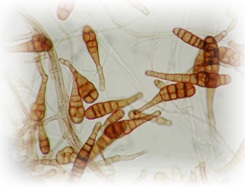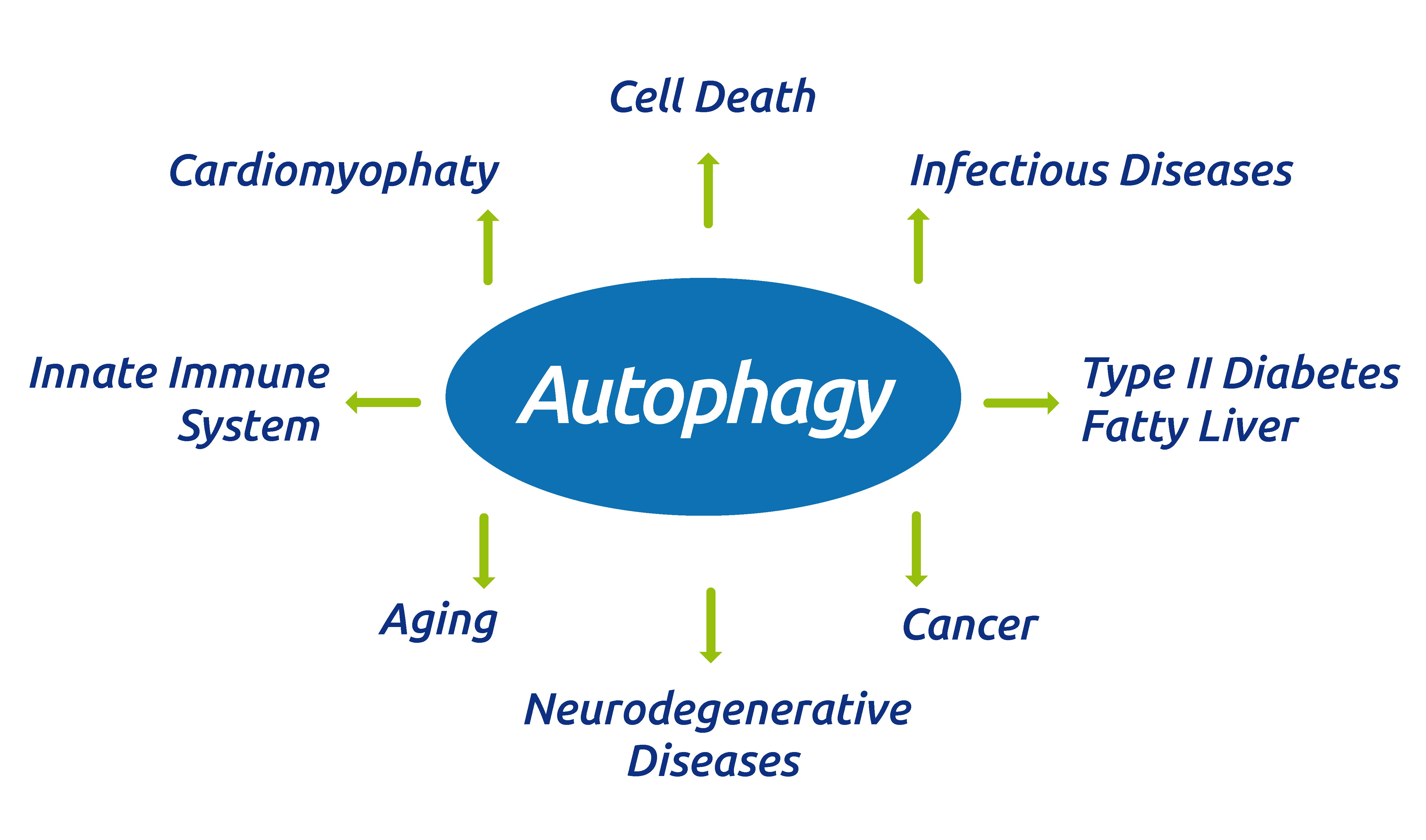What are metabolites?
Microorganisms live in a world of chemical signals. They use small molecular weight compounds, known as metabolites, to regulate their own growth and development, to encourage other organisms beneficial to them and suppress organisms that are harmful. To control competitors, microbes produce antibiotics, such as penicillin, streptomycin and erythromycin, antifungals, such as nystatin, amphotericin and cycloheximide, antiprotozoan metabolites including monensin, salinomycin and trichostatins and herbicides like herbicidin and bialophos. To reduce predation by larger organisms they produce nematocides, such as the avermectins and paraherquamide, and insecticides such as the milbemycins, piericidins and spinosads. To encourage plants and animals they produce growth stimulants and metabolites that inhibit pathogens.
Many microbial metabolites are exquisitely selective, others are broadly active against many species. Organisms resilient or resistant to the effects of metabolites thrive; sensitive organisms falter. Microbes use metabolites to regulate the environment in which they live and from this platform they control the function and shape of much of the world’s biodiversity.
Microbial metabolites represent an incredibly diverse array of chemistry. Microbes can make molecules that synthetic chemists cannot access. While over 25,000 microbial metabolites have been reported in the scientific literature, fewer than 2% of these have ever been readily available to the wider research community. Most metabolites have only ever existed in small quantities in the research laboratory in which they were discovered and their biological activity has never been fully investigated.
Metabolites and Human health
In the space of 60 years, man has learnt to harness the chemical diversity available from microbes for the benefit of human health. The fungal metabolite, penicillin, heralded the beginning of the golden age of antibiotics with hundreds of microbial metabolites investigated as agents for the control of bacterial diseases. Treatments for fungal infections, parasitic infestations and a range of cancers followed.
Today microbial metabolites are also used for therapeutic applications that move beyond controlling infections. Sophisticated enzyme and receptor bioassays have identified new metabolites that act to regulate rather than kill. The antifungal metabolite, compactin, selectively inhibits 3-hydroxy-3-methylglutaryl-CoA reductase, an enzyme in the pathway for sterol synthesis. The discovery of this activity led to the development of a whole new class of drugs, the statins, as lipid lowering reagents in humans. Understanding the biology of organ rejection has led to the discovery of immunosuppressants such as rapamycin, tacrolimus and cyclosporin, among others.
The chemical diversity present in the thousands of metabolites produced by microorganisms remains an unparalleled resource for the discovery of new pharmaceuticals for human and animal health.
Metabolites as probes to understand life at the molecular level
Microbes tailor metabolites to manipulate cellular processes and pathways. Scientists are becoming increasingly aware of the potential for using microbial metabolites as molecular “bioprobes” to investigate processes and pathways at the cellular level and unlock the secrets of how cells work. While genomics, proteomics and other molecular approaches provide our current view of the cell’s “hardware”, it is the use of microbial metabolites as bioprobes that is helping to decode the complex “software” of functioning cells.
Antimicrobial metabolites like bafilomycin, fostriecin, geldanamycin, herbimycin, leptomycin and tautomycin have all found important roles as bioprobes in cell biolo gy. Likewise many mycotoxins, first recognised as livestock poisons and hazards to human health, have been re-discovered as important molecular reagents. These include the aflatoxins, cytochalasins, tentoxin, fumitremorgin C and fumonisins.
gy. Likewise many mycotoxins, first recognised as livestock poisons and hazards to human health, have been re-discovered as important molecular reagents. These include the aflatoxins, cytochalasins, tentoxin, fumitremorgin C and fumonisins.
There have been few enzymes and receptors studied for which microbial metabolite antagonists or agonists have not been found. This reflects the key role of metabolites in nature. As a microbe’s success relies on its ability to control its environment, so cellular events essential to one organism will become targets for another organism to modulate in its favour. This competitive interplay at the microbial level has been exploited by researchers to understand life at the molecular level.
Fermented Metabolites and Antibiotics available from tebu-bio
Through tebu-bi o, Bioaustralis offers a wide range of well-known, as well as almost forgotten metabolites, antibiotics, and analogs.
o, Bioaustralis offers a wide range of well-known, as well as almost forgotten metabolites, antibiotics, and analogs.
These rare and unusual microbial metabolites are produced by fermentation and isolation from actinomycetes, bacteria and fungi. They can be used for discovery and lead molecule identification, modes of action experiments, biological activity and structure-activity relationship research, and they can be used as reference standards for pharmaceutical, food safety and environmental testing.
Take a look at this wide range of Antibiotics & Metabolites and discover the potential of these products. You’ll find information about their biological effects in the product descriptions.
Any interests in rare metabolites and antibiotics? Let me now through the form below!



